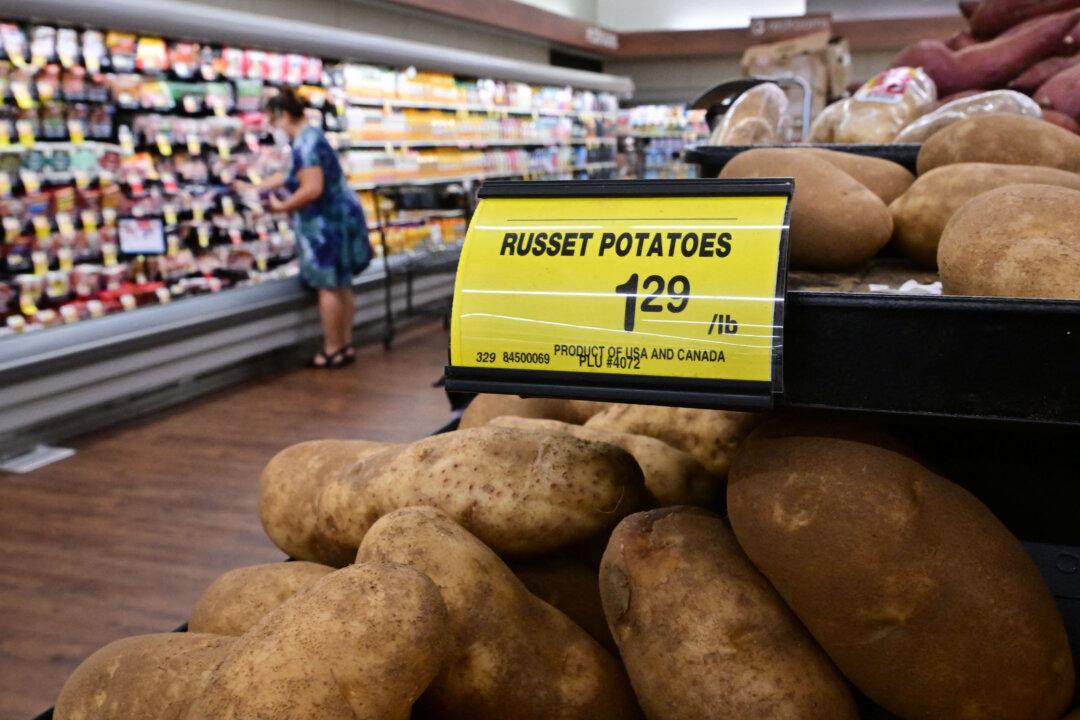Inflation from the perspective of business costs—which tend to get passed along to consumers—soared in September, reversing the prior month’s decline and coming in twice as high as markets expected, pointing to a drawn-out Fed fight against high prices.
The Producer Price Index (PPI) jumped by 0.4 percent between August and September, according to data released on Oct. 12 by the Bureau of Labor Statistics (BLS).





